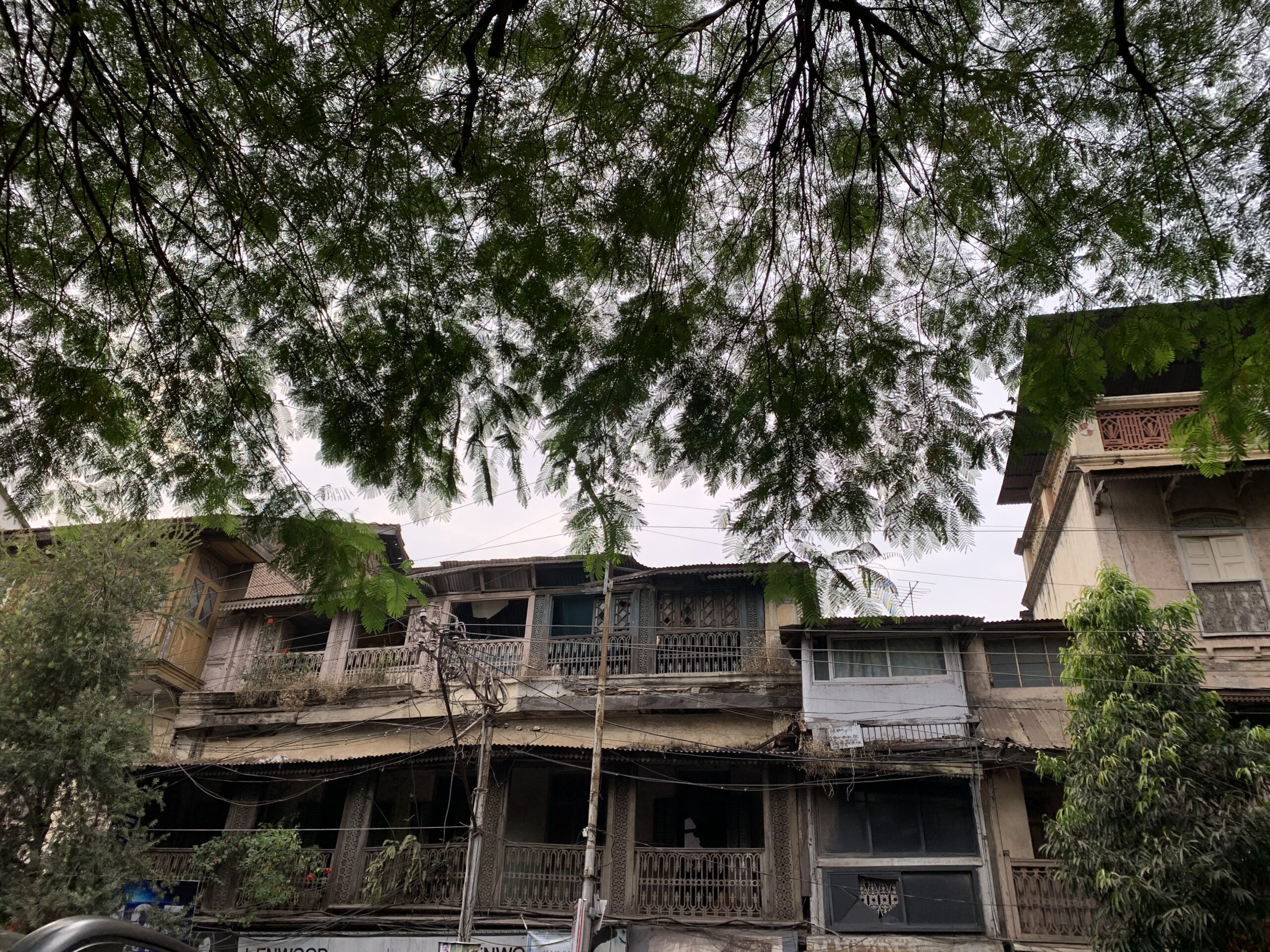It is as children that a lot of us learn about the membrane that separates safe from unsafe. Water-safe, a lot of water flowing at a great speed down a hill-unsafe. Spoon-safe, a spoon that has been in a boiling pot of soup will give you one of those waterfilled ulcers.
I had my safety mind-module rattled the guy rattles your nimbu with the soda, all the ingredients in a bhel, when I was working on forming it. From the age of 0 to 5, I was regularly scooped by my mother to hide on railway stations away from the world that was recording, conspiring to hurt and hurting us. I would be dragged back in borrowed cars, with or without getting the police or hospital staff involved. In some of these, mumma was held by 3-4 men; kicking, screaming, and biting. I vividly remember a bite mark on my grandfather’s forearm when I was 3, thus answering people’s how do you remember things from such a young age. A brain remembers emotions it feels stark. Mine was fear and alarm.
I have an M&Ms bag of memories from childhood in which I am being whisked to hospitals where all adults are helping each other and I am roaming around unsupervised, listening to the cluck-cluck of my new shoes in the new corridors. I will never ever get rid of mumma’s ‘Prachiii Prachiii save me’ being screamed from a distance. Ever. I am learning to live with that voice in my head.
Mumma threw her medicines, puked, or hid them. I remember a certain hospital room in Wardha, when mumma came out of the washroom and people had to go in to check if she had puked the medicines. The suspicion that someone was mixing meds in her food/water made her stop eating and drinking for weeks. She ate only sugar and drank from the sink tap. My 2 to 7-year-old brain had two non-narratives to pick from to create a safety module: the one my mother explained to me in which we were hiding at railway stations, her friends’ or a stranger’s house, or the one in which papa tried to drag me, where mummy had to scream for help.
I am not sure what the baby P picked to define as safe, but she grew up having a disfigured sense of safety. I remember as an adult being scared of loud voices, or closed doors inside my own house, of the color of the sky at 3-4 am’s, and not being scared of entering a strange man’s room on a solo trip in Goa, sitting in a funky ride in an amusement park unstrapped, turbulence in a plane or sharing trauma with profiles on the internet. I didn’t think fondly of my mental health medication, shivered at the sight of trains, and never went on that road that had a building called ‘Chaitanya’ on it.
Slowly, I am teaching myself better, letting adult experiences ride over gut feelings. Establishing boundaries that distinguish the “harmful” from the “safe” but putting distance and logic between myself and the stimuli. I now thank all the good in the world for my medicines and look forward to train journeys to relax and meet quirky aunties who talk about Dev Anand.
I do work on a psychological level, literally sitting my body down and telling it to not panic at certain noises, asking people for help “I am having trouble breathing today, if my throat closes during the call, you remind me to drink water, okay?” In therapy, we try to break old associations and build new ones till I can replicate the map of a safe 10-year-old’s mind in mine. In this frame of reference, I should be thankful for all the Chaitanyas. It’s WIP. I think of this process as Kintsugi. Thinking of it as Kintsugi does not make it any less painful.
